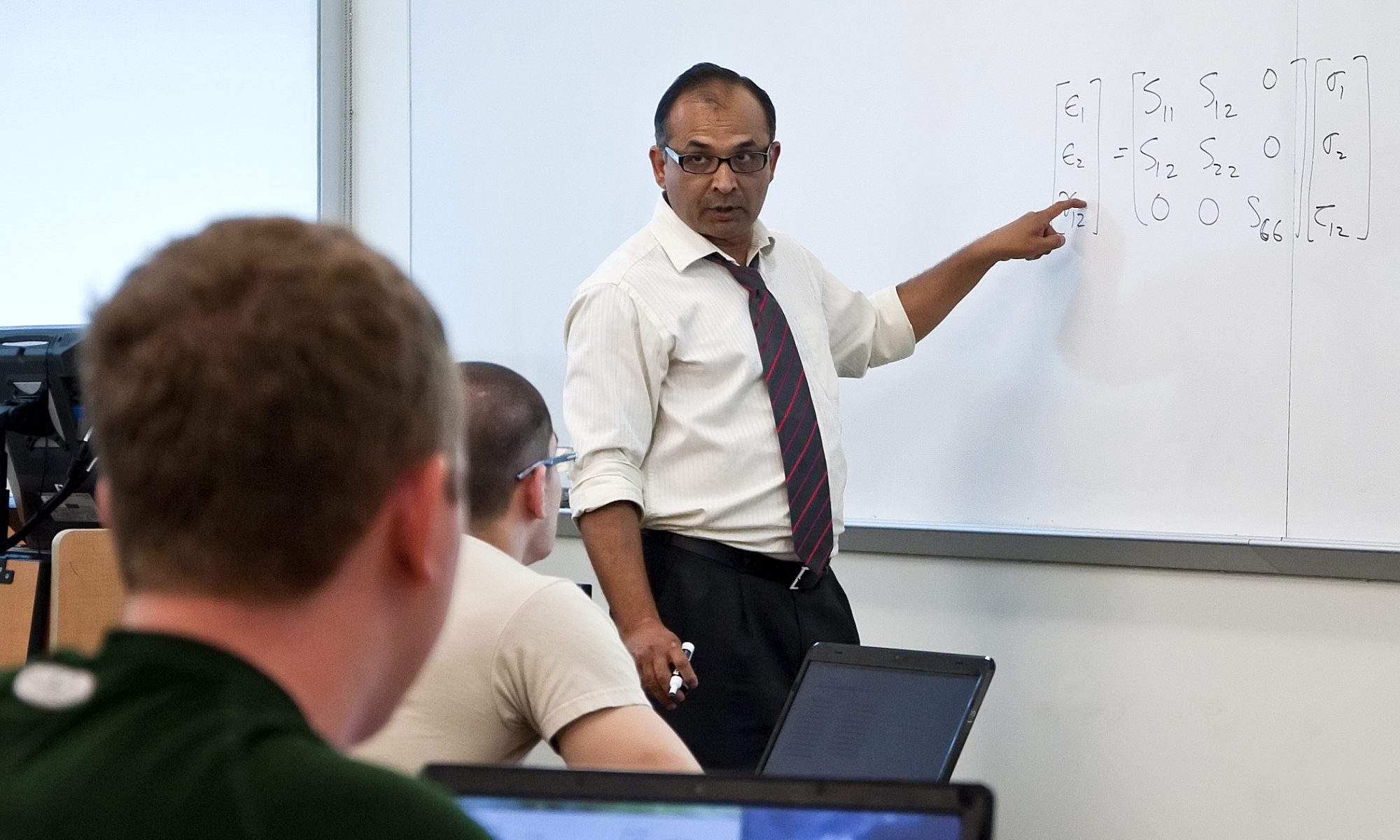Quantitative Skills Needed of Journalists
AUTAR KAW
A View
January 16, 2007
Quantitative skills are not always taken seriously in journalism. Sometimes numbers reported in the newspapers are one-sided, while at other times they are plain wrong. Many times, numbers are not even mentioned in reporting and that can be equally misleading.
I will give you a couple of examples.
Global warming is a fact. But almost all articles about global warming fail to mention the percentage contribution due to humans. The absence of such categorical data leads everyone to think that global warming is man-made. If the man-made contribution is small, then our attempts to clean the air may only be helpful in reducing harmful pollution and allergies, but may not make a dent in global warming. But on the other hand, just because the man-made contribution to greenhouse gases is small, it may be enough to be the tipping point. All these issues can and should be clearly explained quantitatively.
Another example is recent news that claims that gasoline needs to sold temperature-compensated in warm states such as Florida. Gasoline which is transferred to gas stations at the industry standard of 60 degrees will give you 2% less gas if pumped in your tank in 90-degree weather. This robs you of about 4/10ths of a gallon when you fill in your 20-gallon gas tank on a hot summer afternoon, and as per some misguided activists, it results in a couple of billion dollars overcharge per annum in the USA. Not so fast! Here is the quantitative information that is left off. First, most gas station tanks are underground and the variation of temperature below the ground is much smaller, maybe 1 to 5 degrees depending on the depth of the tank below the ground. Lower the depth of the tank, lower is the influence of the outside temperature as the dense earth above insulates the tank. Also, since oil prices fluctuate every day because of supply and demand, if pumps were modified to deliver same weight (temperature compensated) of gasoline, it would simply get figured into the price of the gasoline.
I have many other examples where media fails to properly quantify the variables in the story, and most times it is done purely for sensation, and a few times it is just plain ignorance. If it is the latter, universities need to increase the number of required quantitative analysis courses for journalism majors.
CITATION: Autar Kaw, “Quantitative Skills Needed of Journalists”, Personal View, January 16, 2007, last accessed at http://autarkaw.com/quantitative-skills-needed-of-journalists/
